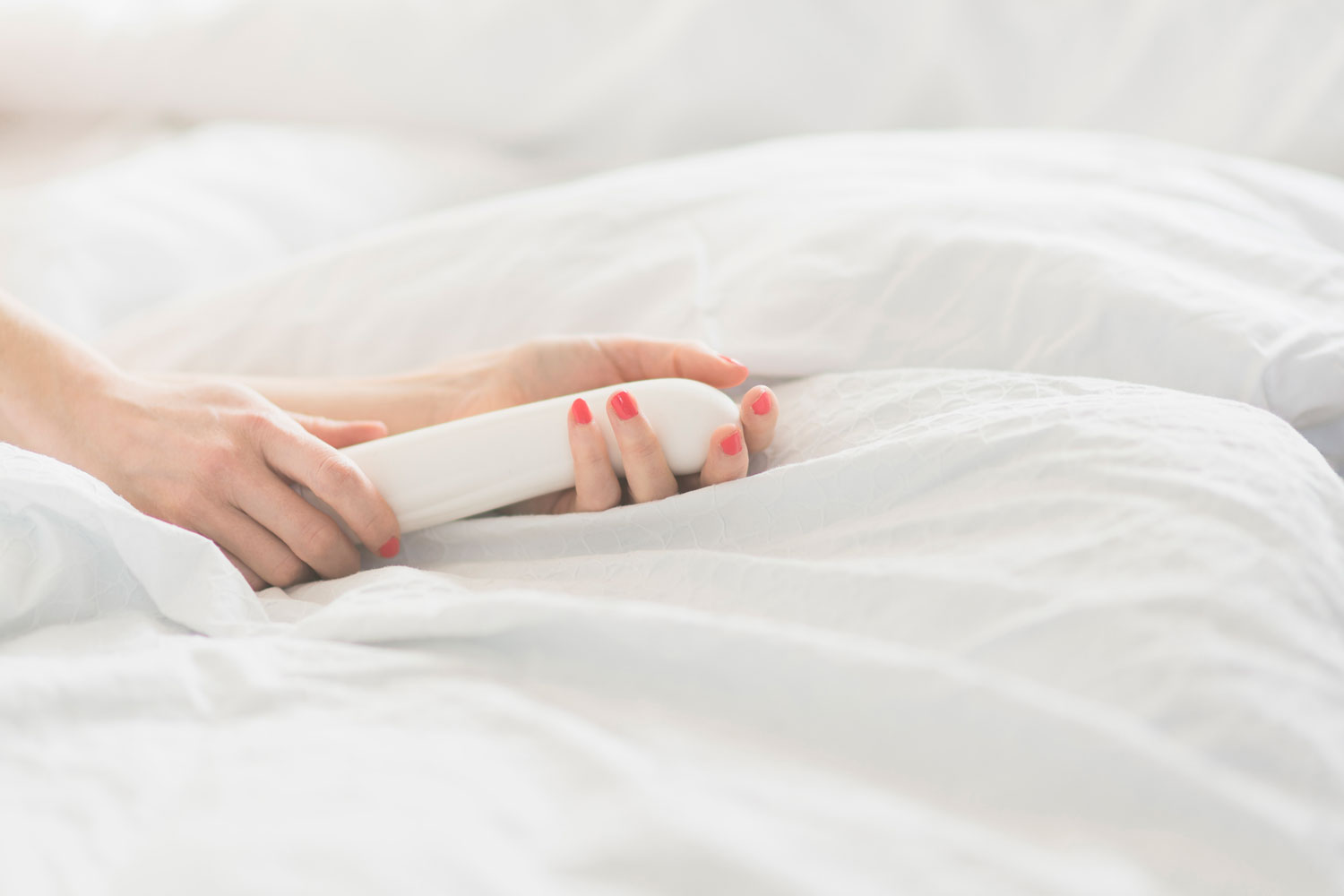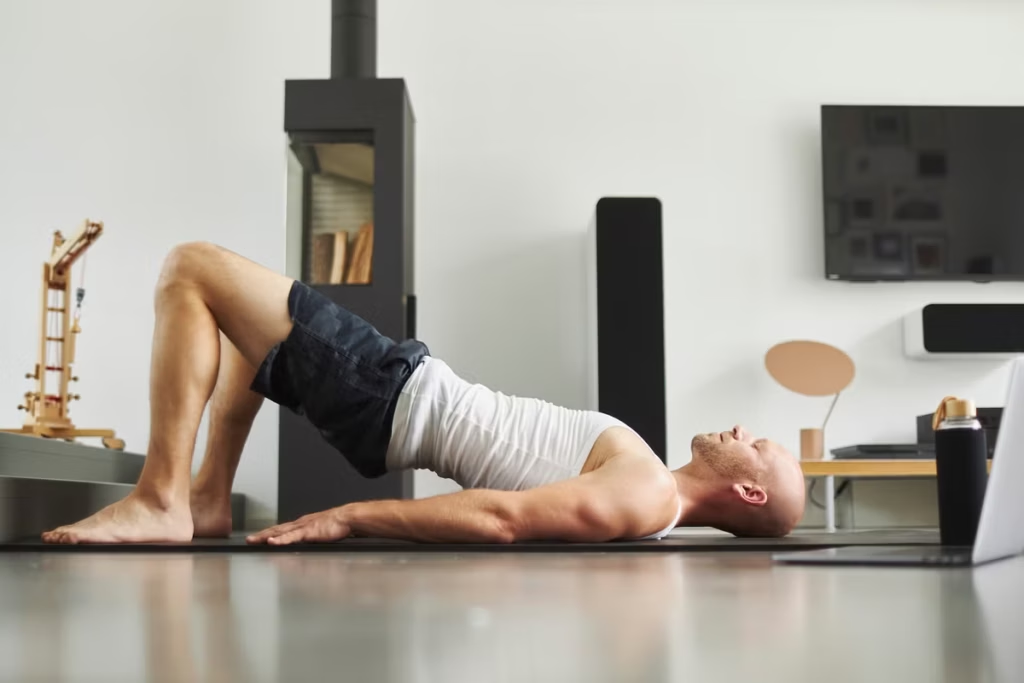Your recipe for masturbation is pretty simple: A bottle of lube, a browser tab open to PornHub, and a five-finger grip deliver results in no time flat. But female masturbation is a bit more complicated.
They can’t do it wherever they want, they don’t always care about reaching orgasm, and they definitely aren’t flipping through Fifty Shades as much as you’d imagine. So what happens behind closed doors? Read on to discover the secrets of female masturbation.
She’s Quicker Without You
On average, women take longer to orgasm than men do. “For a woman’s nerve endings to be stimulated and for the blood flow to get down into her genitals, it can take up to 15 or 20 minutes of foreplay,” explains Dr Sadie Allison, author of The Mystery of the Undercover Clitoris: Orgasmic Fingertip Touching Every Woman Craves.
But she might be a lot faster going solo than she is with you in the sack. That could be because she’s more focused on her own pleasure (instead of yours) or because she knows exactly what she wants. “Many women can be there in 2 to 3 minutes on their own, but will take 10 or more—or can’t get there at all—with a partner,” says sex expert Carlyle Jansen, author of Sex Yourself, a book about women’s masturbation.
















